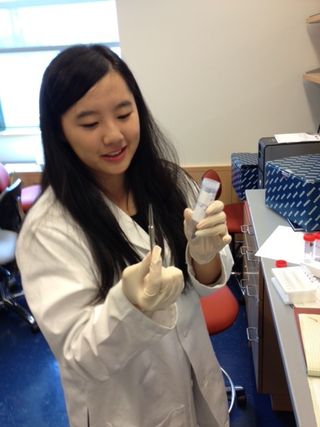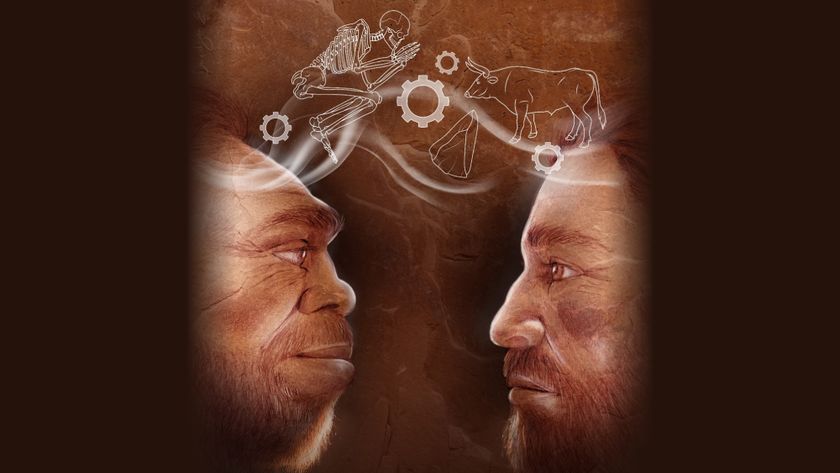Roaches in NYC Cluster by Neighborhood

NEW YORK — Just like its human residents, New York City's roaches are among the most diverse in the world, new research reveals.
That's one conclusion from the first phase of the National Cockroach Project, led by Rockefeller University researchers, who continue to solicit donations of American cockroaches. The project aims to find out more information about the genetic diversity of the pesky insects. Even though cockroaches are widespread, surprisingly little is known about their evolutionary roots.
When I first heard about this project, I asked my office mates to collect any roaches they found on our company's premises in New York City's Flatiron District. Many people thought I was joking. But I was not. Soon enough, two American cockroaches surfaced, and I mailed them to Rockefeller University scientist Mark Stoeckle, who promised to tell me more about their genetic background. Perhaps they could represent a new species. [What If There Were No Cockroaches?]
My roaches
Shortly thereafter, I visited Rockefeller University to see how my roaches were doing (or at least what secrets lay in their genes). While there, I watched a high-school student named Joyce Xia produce DNA bar codes of roaches, as instructed by Stoeckle and supervised by researcher Christoph von Beeren.

With the patience of a scientist, Xia carefully selected a leg from the "specimens," many of which were quite squished, before placing each into its own vial. Then, Xia crushed each leg and added chemicals to extract and purify the hidden DNA, in a repetitive series of steps. Next, she amplified, or produced thousands to millions of copies, of choice snippets of DNA in a so-called polymerase chain reaction (PCR) machine and sent them to an outside lab to be sequenced.
At first, Xia was quite squeamish. "I am a little grossed out by roaches," she said. "Quite a bit, actually. Once I found a roach in my apartment and left for four hours until my mom came home." But she's learned to deal with it. [The 10 Most Diabolical and Disgusting Parasites]
Sign up for the Live Science daily newsletter now
Get the world’s most fascinating discoveries delivered straight to your inbox.
Roach neighborhoods
Soon, the results came in: One of my roaches belonged to a distinct haplotype, or genetic group, which had also been seen in China and, oddly, Roosevelt Island. Only one other cockroach from this genetic cluster had been found in Manhattan (aside from Roosevelt Island), Stoeckle said.
The project brought in more than 120 roaches, and associated genetic sequences, from around the world, including from Australia and Spain, although most hailed from New York. (Before this project, there were only two dozen published sequences of roach DNA, Stoeckle said). Xia's analysis showed that the Big Apple hosts more roach diversity than any known spot — all four recorded haplotypes of American cockroaches are found here, Stoeckle said.
Furthermore, roaches tended to cluster into different neighborhoods. Almost all of the roaches found on the Rockefeller University campus, for example, belonged to one group, which differed from almost all roaches found on the Upper West Side.
"[In] that way, they are a lot like people — a lot like New Yorkers," Stoeckle said.
The study raised more questions than answers, however. For example, why did American cockroaches (Periplaneta americana) diverge into different subgroups millions of years ago, without branching out into different species? (Different species, according to the biological species concept, are reproductively isolated from one another, and don't interbreed.) And where, exactly, did the cockroaches originate?
American cockroaches don't actually come from America, and have learned to live in warm underground tunnels in urban areas and people's homes. They are thought to originally hail from warm rain forests of Africa, Stoeckle said.
Email Douglas Main or follow him on Twitter or Google+. Follow us @livescience, Facebook or Google+. Article originally on Live Science.












